Overview
The most classic Yunnan group tour, fully experience Yunnan’s diverse scenery and unique culture. Start your trip from Kunming and explore the fascinating karst topography of the Stone Forest, and bask in the sunshine of the “City of Spring”. Continue to Dali and enjoy a relaxing visit to Erhai Lake, the iconic Three Pagodas and Dali Old Town, admiring the Bai ethnic traditions of Xizhou Ancient Town and the tie-dye art of Zhoucheng. Explore Tibetan culture at the Songzanlin Monastery in Shangri-La, then head to Lijiang to wander its historic old town and marvel at the Jade Dragon Snow Mountain while immersing yourself in the vibrant Naxi culture
Highlights
- Visit Kunming’s Stone Forest, Dali’s Erhai Lake, Lijiang Old Town (UNESCO World Heritage Site), and Shangri-La’s Songzanlin Monastery for an unforgettable cultural adventure
- Hike Tiger Leaping Gorge and enjoy breathtaking views of Yunnan’s mountains, lakes, and ancient towns.
- Affordable pricing includes major attractions, accommodations, and transport, with transparent costs.
- Knowledgeable local guides fluent in English provide insights into Yunnan’s history, culture, and hidden gems.
Itinerary
Welcome to Kunming, the capital of Yunnan Province! After arriving in Kunming, our local driver will pick you up at the airport at the designated time and take you to your hotel in downtown Kunming.
Known as the “City of Spring” for its year-round mild climate, Kunming is a popular destination for escaping harsh winters or scorching summers. With a pleasant climate and flowers blooming all year round, Kunming has earned the reputation of “Flower City”. Whether you’re seeking a relaxing getaway, cultural immersion, or a chance to explore stunning scenery and sample Yunnan’s delicious cuisine, Kunming has it all.
Warm reminder: No other itinerary is arranged on the day of arrival. Visitors can move freely around the hotel to recharge their batteries and look forward to starting their spiritual journey in Yunnan tomorrow.
After enjoying breakfast at the hotel today, the tour guide will be waiting for you at the hotel. We will head to Stone Forest, a World Heritage Site of Southern Karst in China, for an unforgettable trip to Kunming. Our first stop was to visit the Kunming Stone Forest Scenic Area (80 kilometers from Kunming, about 1.5 hours’ drive). It’s a must-see natural wonder that was once submerged beneath an ancient sea. This national geopark showcases extraordinary rock formations formed over 270 million years through marine deposition, uplift of the Earth’s crust, overburden by volcanic lava, erosion and flattening. In the Stone Forest, take a scenic bus to explore the large and small stone forests and admire the unique karst topography and traces of geological history. This place also highlights the Yi culture and is also the filming location for the TV series “Journey to the West” and “Joy of Life”. Then return to Kunming to visit Yuantong Temple, a tranquil oasis in the city center with a unique water courtyard layout and a history of more than 1,200 years. Yuantong Temple is the oldest Guanyin temple in China. It adopts a rare “downhill temple” design, where visitors enter by descending instead of ascending. The shrine embodies the Buddhist traditions of Han, Southern and Tibetan regions and includes the Bronze Buddha Hall, a Southeast Asian-style building that houses a Buddha statue donated by the Buddhist Association of Thailand. Afterwards, you can take a walk and enjoy the scenery in Cuihu Park, which is only 700 meters away from Yuantong Temple. Cuihu Park was once a swamp bay of Dianchi Lake. It became a city in the Ming Dynasty and is known as the “Jade in the City”. The park’s embankment is reminiscent of West Lake’s Su Causeway and features historic buildings, notable residences and a sculpture commemorating Nie Er, the composer of China’s national anthem. Green Lake is a favorite place for locals to take a walk, feed the fish, watch the seasonal migration of Siberian Red-billed Gulls, and admire the lotus flowers, lanterns, and vibrant atmosphere. For dinner we had authentic Yunnan cross-bridge rice noodles, one of Yunnan’s signature dishes. Featuring delicate rice noodles in a rich broth and a variety of toppings, this traditional dish offers a true taste of Yunnan. Enjoy the rice noodles while listening to the origin of the cross-bridge rice noodles
After breakfast, the tour guide will send you to Kunming High Speed Rail Station to take the high speed rail to Dali. After arriving in Dali, our Dali driver and tour guide will be waiting for you at the high speed rail station. The first stop is to visit the Three Pagodas of Chongsheng Temple to gain a deeper understanding of Dali’s rich history and spiritual heritage. The Three Pagodas Scenic Area of Chongsheng Temple, with its back against the Cangshan Mountain Range and overlooking Erhai Lake, is an iconic symbol of Dali. The three towers include a 69-meter-high central tower, the Qianxun Tower, flanked by two smaller towers. According to local legend, these pagodas were built to keep out evil dragons that once inhabited the swampy areas of Dali. Admire the intricate architectural details that have allowed these buildings to survive the centuries. Don’t miss the picturesque reflecting pool in front of the pagoda, which offers stunning mirror images and is perfect for photo opportunities. Next, visit Chongsheng Temple located behind the pagoda. It was once the royal temple of the Nanzhao Dali Kingdom and is known as the “Buddhist Capital”. It was named Tianlong Temple because of Jin Yong’s “Half God, Half Devil”. As you tour the temple grounds, explore the worship halls such as the Mahavira Hall and enjoy the peaceful atmosphere. From a higher place, you can have a panoramic view of Cangshan Mountain and Erhai Lake.
Next stop is Erhai Lake, also known as the “Ear Lake” due to its unique shape, it is the second largest plateau lake in China and the central feature of the Dali Bai Autonomous Prefecture. Take a sightseeing electric car to tour the ecological corridor on the west side of Erhai Lake. As you ride the scenic lakeside trail, you’ll enjoy stunning views of the vast blue lake surrounded by majestic mountains. Along the way, you’ll pass charming Bai villages, green fields, and vibrant flowers.
In the afternoon, you can explore the charming Dali Ancient Town on your own. At dusk, the town’s night market begins to get lively. Relax in one of the many cozy cafes or bars. The ancient city of Dali was built in the Ming Dynasty and has a history of more than 600 years. It was once the capital of the Nanzhao Kingdom and the Dali Kingdom. Wander along main streets like Renmin Road and Yangren Street, where you’ll find well-preserved traditional Bai architecture, alleyways, unique workshops, temples, and even quaint schools and churches. This blend of history and culture creates a truly unique experience. After the tour, return to Dali and check into the hotel.
Morning, your team will immerse themselves in the lively Xizhou Morning Market and start a pleasant day! There’s no better way to gain an in-depth understanding of a place than by exploring its local markets, where you can witness local customs and mouth-watering food practices firsthand. For more than a century, the market has been a gathering place for locals, who trade a wide variety of goods – from fresh produce and unique handicrafts to tantalizing local snacks. Yunnan, known as the “kingdom of plants and animals”, is a place where flowers, plants and insects are integrated into the local cuisine! Don’t be surprised if you come across unfamiliar vegetables, fruits, and wild mushrooms. While you’re there, don’t miss the opportunity to try local favorites such as Xizhou Baba (a savory pancake that can be served savory or sweet) and a cup of freshly brewed Yunnan coffee. After visiting the market, take a walking tour of Xizhou Ancient Town. For those seeking a more authentic and peaceful experience of Bai ethnic life and traditional culture, Xizhou Village is the ideal choice. As you stroll through the village and visit some of the ancient mansions and Bai dwellings, such as the Yan Family Courtyard, you will discover the most distinctive feature of Bai architecture, namely “three rooms and one screen wall”. The Siheyuan is exquisitely decorated with details such as flying eaves, ornately carved wooden doors and exquisitely painted walls, which are typical of the Bai aesthetic. , is the Bai cultural custom you must experience. This tea ceremony, which turns from bitter to sweet and has endless aftertaste, condenses the philosophy of “embracing difficulties, cherishing the sweetness brought by struggle, and reflecting on life.” This harmonious coexistence with nature gives people a wonderful feeling of healing. Next, head to Zhoucheng Village, which is just a short drive from Xizhou. Zhoucheng Village is known as the “Hometown of White Embroidery”. This is a Bai ethnic group village, famous for its traditional tie-dye art, which has been passed down from generation to generation. The Bai ethnic group’s tie-dyeing technique has been listed as a national intangible cultural heritage. Explore the village’s workshops showcasing exquisite Bai embroidery. These works usually depict traditional motifs such as lotus, fish, and birds, and have important cultural symbolic significance. Communicate with local artisans and women, many of whom have inherited skills passed down through generations. If you’re lucky, you might see live demonstrations of Bai embroidery and tie-dye techniques. In the afternoon, the driver will take you to Shangri-La, which is located in the northwest of Dali City, about 300 kilometers away and a 4-hour drive. Welcome to Shangri-La (Shangri-La)! Shangri-La is located in Diqing Tibetan Autonomous Prefecture in the northwest of Yunnan Province, formerly known as Zhongdian. This enchanting paradise is considered to be the real Shangri-La on earth. Inspired by the mythical paradise described in James Hilton’s novel Lost Horizon, Shangri-La lives up to its name. Hidden among majestic mountains, it beckons you with mysterious and legendary scenery, a fairy-tale landscape awaits you.
After breakfast, drive for about 40 minutes to Pudacuo National Park, the first national park in China. Located on the vast Qinghai-Tibet Plateau, the park is an important part of the “Three Parallel Rivers” scenic area and is famous for its pristine landscape. With scenic hills, meadows, lakes, diverse flora and abundant birdlife, the park is also home to more than 100 endangered animal species, including leopards, cranes, macaques and lynx. After arriving at the scenic area, transfer to the scenic sightseeing bus to Shudu Lake (elevation: 3,705 meters), which is the largest lake in the park and is famous for its clear water and tranquil beauty. Enjoy a leisurely hike along well-maintained trails suitable for most fitness levels. Then take a sightseeing bus to Bita Lake (3568 meters above sea level). Bita Lake is like a gem embedded in the mountains and is regarded as sacred by local Tibetans. The turquoise water of Bita Lake and the snow-capped background create a perfect scenery. Another short hike around the lake and the trail will take you deeper into the heart of the park. Afterwards, our local guide will take your group to visit Songzanlin Monastery (Songzanlin Monastery, also known as Ganden Songzanlin Monastery), a massive complex located 3,380 meters above sea level. Songzanlin Monastery was founded in 1679 by the Fifth Dalai Lama and is the largest Tibetan Buddhist monastery in Yunnan Province. Inspired by the Potala Palace in Lhasa, it is often called the “Little Potala Palace”. The architecture of the temple is a fusion of Tibetan and Han styles. Currently, about 700 monks live in its 200 affiliated houses. Climb up the stairs and enter the three main halls of the temple: Zhacang Hall (the highest hall in the center), Jikang Hall (dedicated to Master Tsongkhapa), and Sakya Hall (dedicated to Sakyamuni Buddha). Here, you will see Tibetan monks chanting and meditating, and the atmosphere of the temple is solemn. In the afternoon, visit Dukezong Ancient Town, which has a history of more than 1,300 years and is the best-preserved and largest Tibetan residential complex in my country. It is the oldest castle on the Ancient Tea-Horse Road. The name “Dukzong” translates to “moonlight castle built on stone” and is also known as the Moonlight City. Here you’ll discover a world of traditional Tibetan homes, ancient temples, beautiful pagodas, narrow winding lanes, all adorned with Tibet’s iconic prayer flags in all their colours. Hike up Guishan Mountain and join the locals in turning the world’s largest prayer wheel for good luck and happiness. From this vantage point, you can capture stunning panoramic views of the entire town. Afterwards, stroll through the distinctive alleys and immerse yourself in the rich Tibetan culture.
This morning, you will travel from Shangri-La to Lijiang. On the way, you will stop to visit the upper section of Tiger Leaping Gorge (Upper Tiger Leaping, altitude: 1,800 meters). According to legend, the place got its name because a tiger being chased by hunters leaped over the narrowest part of the canyon, which is blocked below by the turbulent Jinsha River (part of the Yangtze River). Tiger Leaping Gorge is one of the deepest canyons in the world and offers stunning views of the roaring Jinsha River and the natural force of its waters. With the towering Yulong Snow Mountain (5,596m) and Haba Snow Mountain (5,386m) on either side, you will be immersed in the beautiful and diverse landscape. You’ll walk along a plank path that has an ascending section and a descending section (you can pay to take an elevator to save energy). Afterwards, stop at the First Bend of the Yangtze River, where you will witness the First Bend of the Yangtze River making a 90-degree turn from south to east in just 1 kilometer. Climb up to the observation deck and you can have a panoramic view of the Yangtze River.
Then proceed to Lijiang. Upon arrival, you will have some time to explore the Old Town of Lijiang, also known as Dayan Old Town. Lijiang Ancient Town has a history of more than 800 years and was once a prosperous trade center on the famous “Ancient Tea-Horse Road”. Its labyrinthine layout includes cobbled streets, traditional wooden houses with upturned eaves, ancient bridges and an intricate network of waterways. If time permits, you can visit the Mu Mansion at your own expense, which is often called the “Forbidden City of the South”. The palace offers an insight into Naxi royalty, the rich Naxi culture, and the fascinating history of the Mu family. You will also learn why Lijiang Old Town, unlike other famous ancient cities in China, does not have city walls. Afterwards, head to a higher vantage point to enjoy breathtaking panoramic views of the Old Town, with snow-capped mountains forming a stunning backdrop. A short walk will take you to Sifang Street, the most famous square in town, where you can explore Naxi handicrafts, souvenirs, local specialties, and enjoy the lively atmosphere with bustling bars and music filling the street. Afterwards, visit Black Dragon Pool Park located on the northern edge of Lijiang Old Town. With the majestic Jade Dragon Snow Mountain as its backdrop, this scenic spot offers stunning views of the surroundings. When the weather is clear, the snow-capped mountains are reflected in the tranquil Black Dragon Pool, which is spectacular.
After breakfast, it’s time to leave Lijiang Old Town and explore the famous Jade Dragon Snow Mountain. This majestic mountain range is known for its towering peaks, stunning scenery, and rich biodiversity. In 2003, it was listed as a World Heritage Site by UNESCO. The crown jewels of the region are its 13 snow-capped peaks, the highest of which is called Shanzidou, which reaches an impressive 5,596 meters above sea level. To fully experience the mountain, we recommend taking the 10-minute cable car ride to Yunshanping, 3,240 meters above sea level. The cable car ride is an extraordinary experience in itself, offering stunning views of the surrounding mountains and valleys. Once you reach the summit, you’ll be rewarded with stunning panoramic views and the chance to explore meadows and native forests. After the tour, take the cable car down the mountain. Then take a sightseeing bus to Blue Moon Valley. The valley views are breathtaking, the turquoise waters are almost surreal, reflecting the majestic Jade Dragon Snow Mountain. The valley has four lakes and a white water platform. Each lake has unique scenery, but the most beautiful is Yuye Lake. The best time to enjoy the magnificent scenery of Blue Moon Valley is at noon when the sun is shining brightly. Under the sunlight, the lake becomes clear and blue like a mirror. You can take many wonderful photos here. For lunch, we arranged to enjoy the Jade Dragon Snow Mountain hotpot experience: relax in a pleasant environment, enjoy the beauty of the snow-capped mountains, and enjoy lunch with friends.
Leaving Yulong Snow Mountain, we continue to Baisha Village, the birthplace of the Mu clan chieftains and the ancient capital of the Naxi people. Baisha Village is part of the UNESCO World Heritage Site of Lijiang Old Town and offers a unique perspective on the rich history and culture of the Naxi ethnic group. Here you can visit the Baisha Murals, which showcase a unique blend of Buddhist, Taoist, and local Naxi religious elements, reflecting the region’s diverse spiritual beliefs. These murals have been found in many temples, including the Dabaoji Palace, the Liuli Palace, and the Wenchang Palace.
If your physical strength allows, you can stop at Shuhe Ancient Town on the way back to Lijiang (tickets are at your own expense). It is an important stop on the legendary Tea-Horse Road. Unlike the bustling Lijiang Old Town, Shuhe offers a peaceful hideaway where narrow cobblestone streets are lined with charming shops selling locally made crafts. The gentle gurgling of the Kanton River and the aroma of Naxi delicacies wafting from the cozy teahouses create a peaceful atmosphere where time seems to slow down. (Note: You can try local snacks such as chicken bean cold noodles, baked milk fan, flower cakes, Yunnan ham mooncakes, canned rose milk, etc.)
After the tour, return to Lijiang.
Today the driver will take you to the airport according to your flight time. Thank you for choosing Manjing Travel Agency for your trip to Yunnan. We are at your service and look forward to seeing you again on your next trip to China. Travel safely!
Cost
The Cost Includes
- Drivers & air-conditioned vehicles
- Professional licensed English-speaking local guide
- Hotel accommodation with breakfasts (4-star standard)
- Transportation listed in the itinerary
- Admission tickets, activities, meals listed in the itinerary
- Accident insurance
- Our service from tour planning, handling, operational and finishing your trip
The Cost Excludes
- International airfares
- Entry Visa fees
- Personal expenses
- Single Room Supplement
- Recommended optional activities
- Arrival/departure flights or train on the first and last day
- Tips or gratuities for guides and drivers
Join Our Fixed Trip Starting Date
-
Guaranteed Available PackagesFridayNovember 14, 2025FridayNovember 21, 2025$1,080.00Available
Frequently Asked Questions (FAQs)

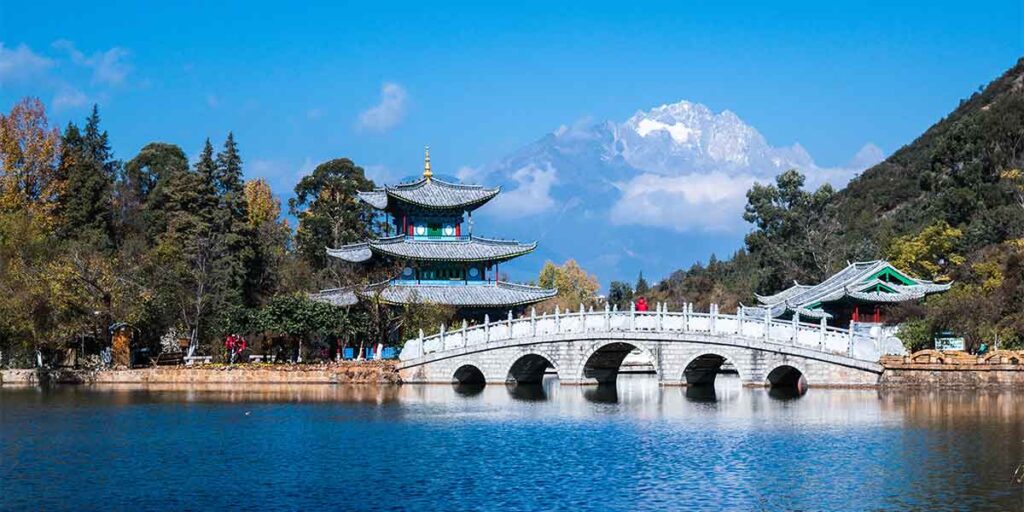
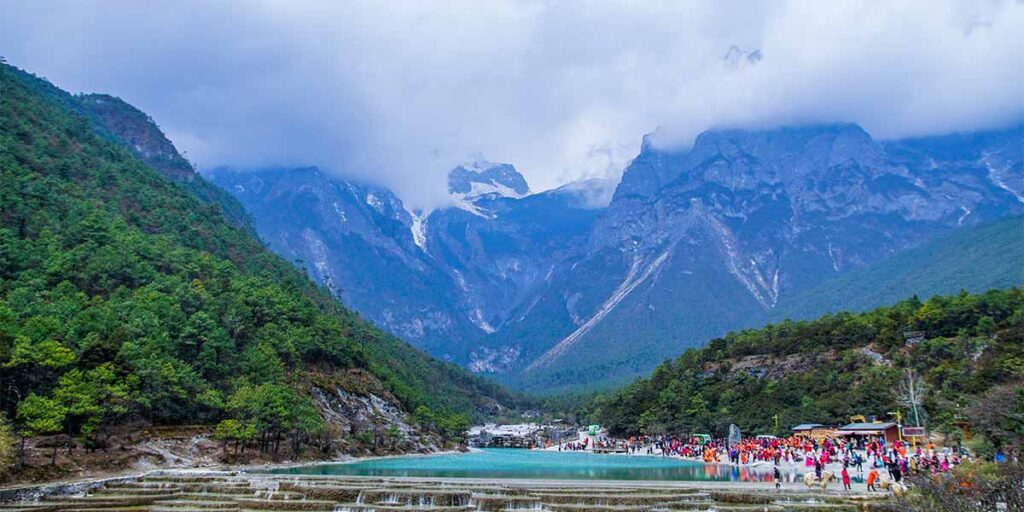
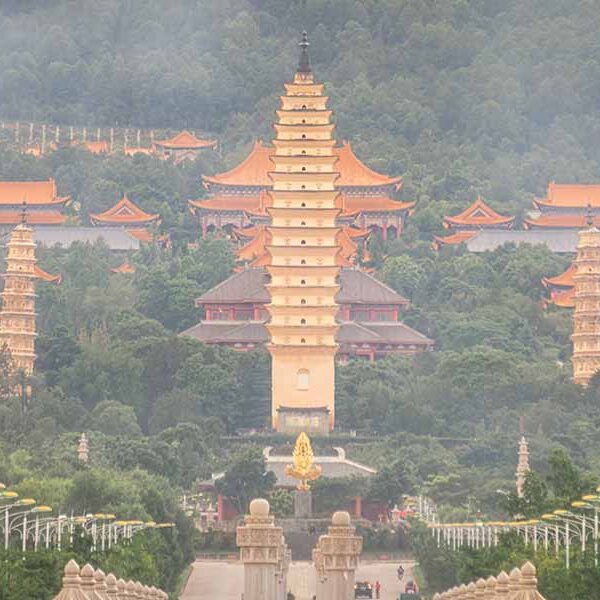
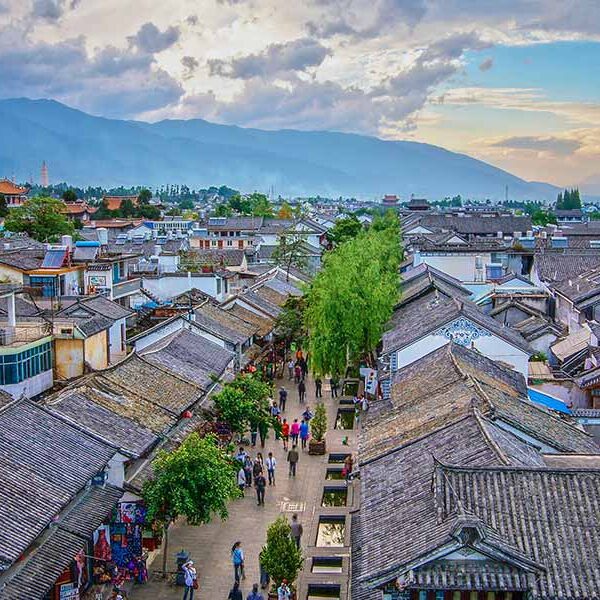
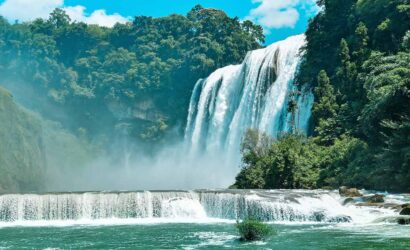
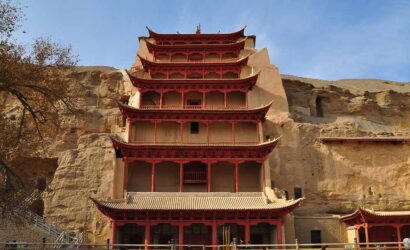
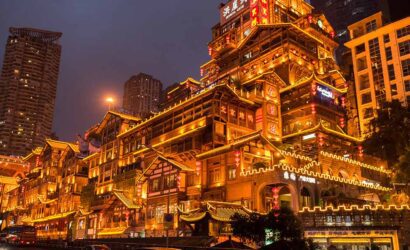
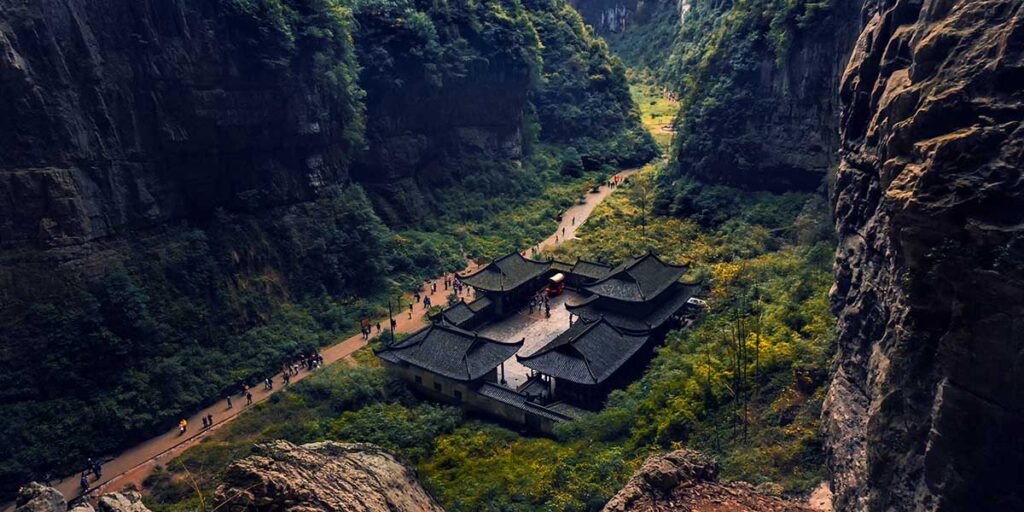
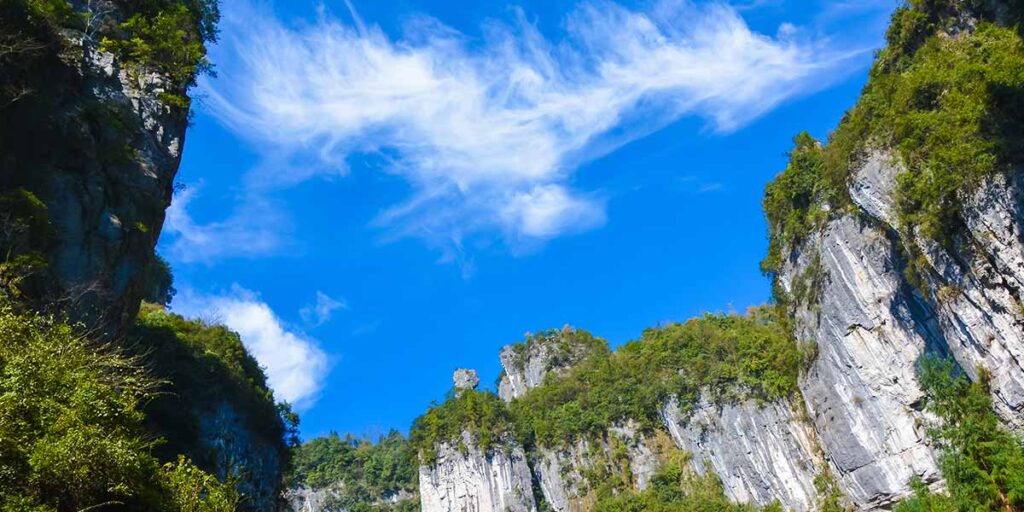
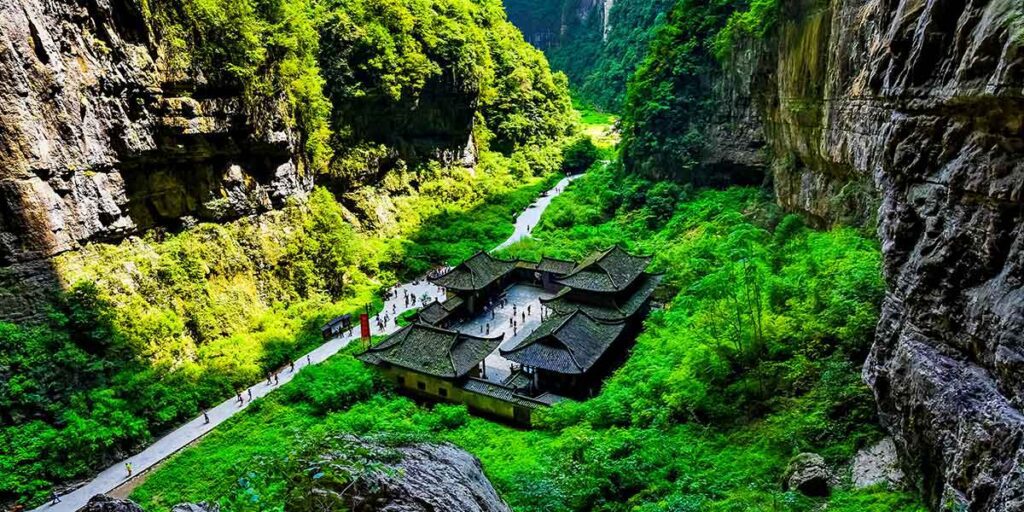
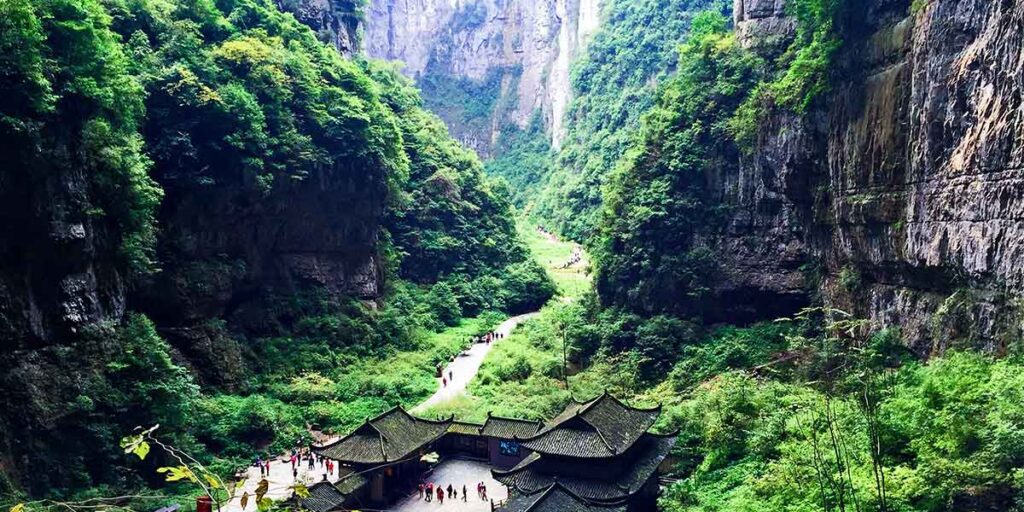
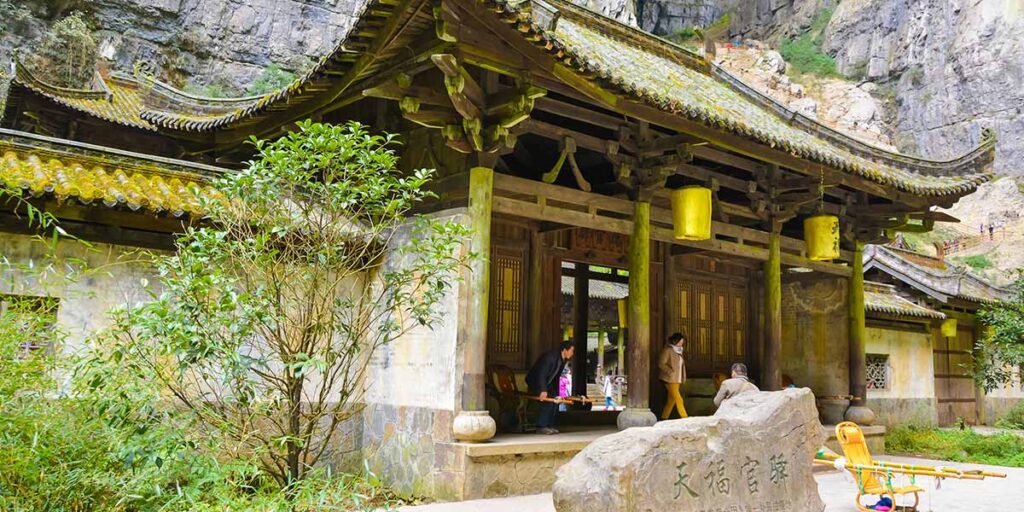
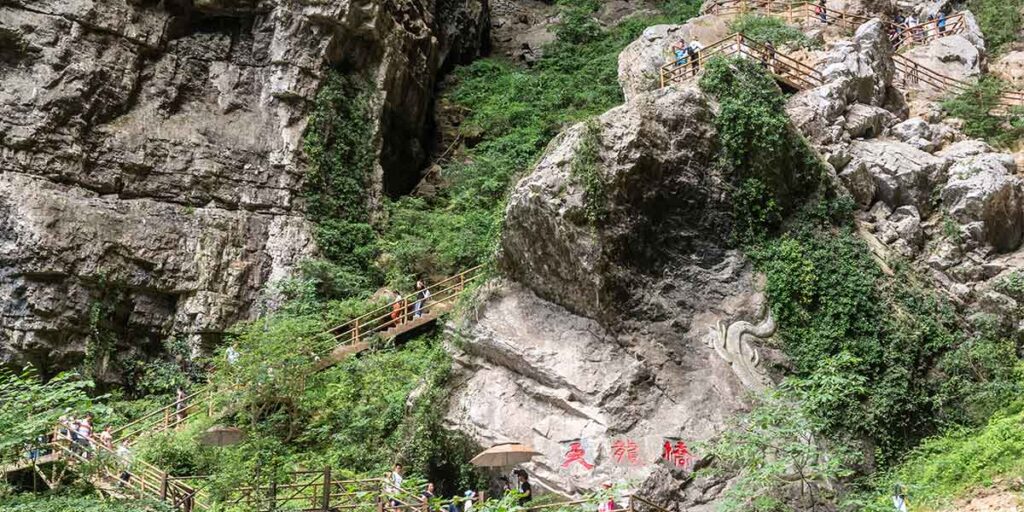
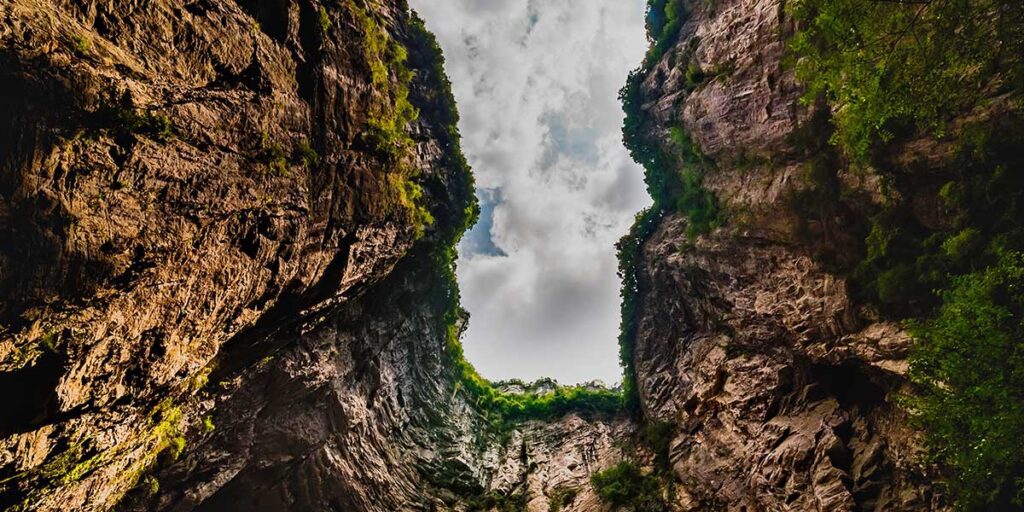

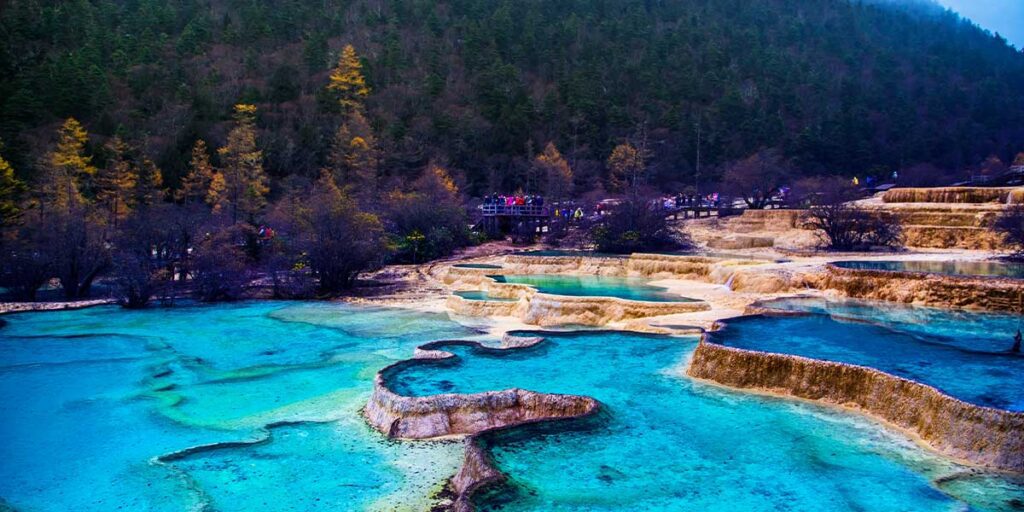
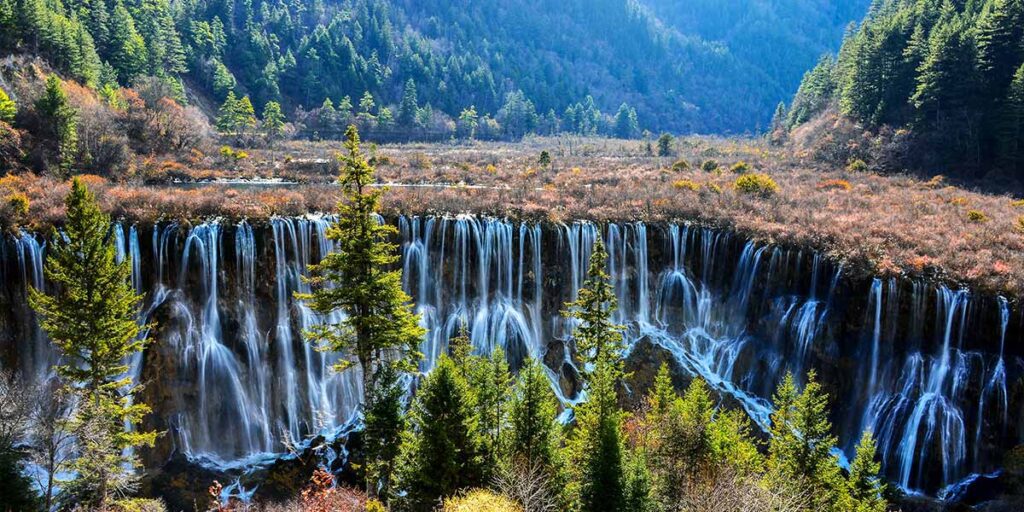
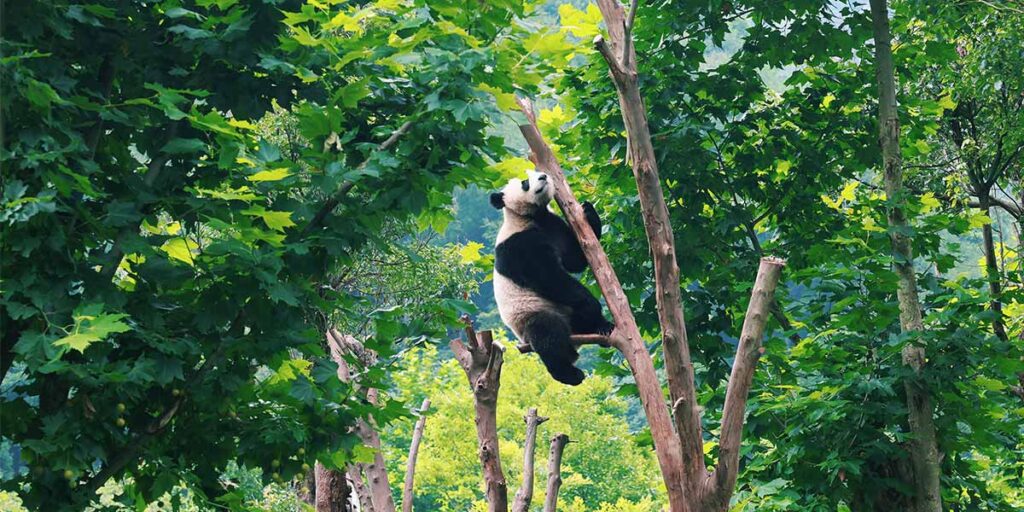
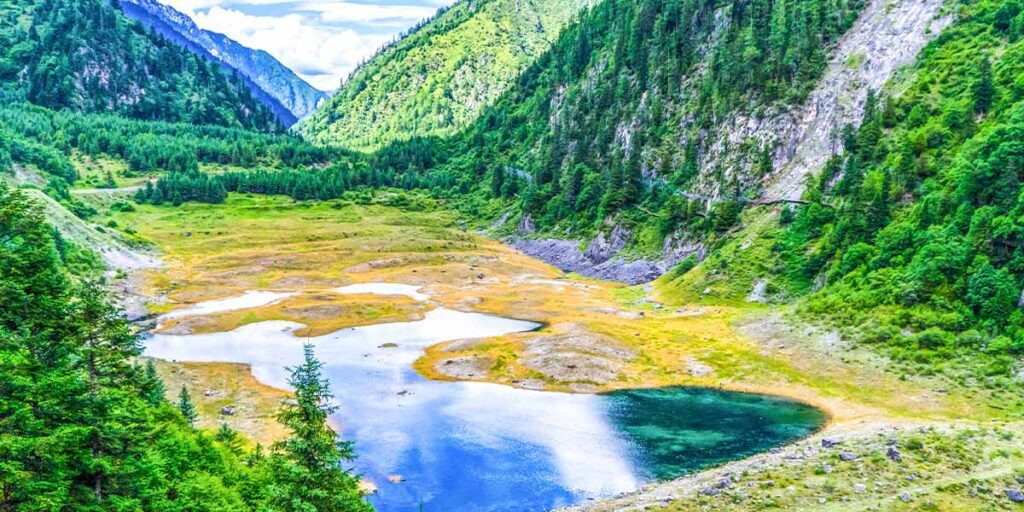
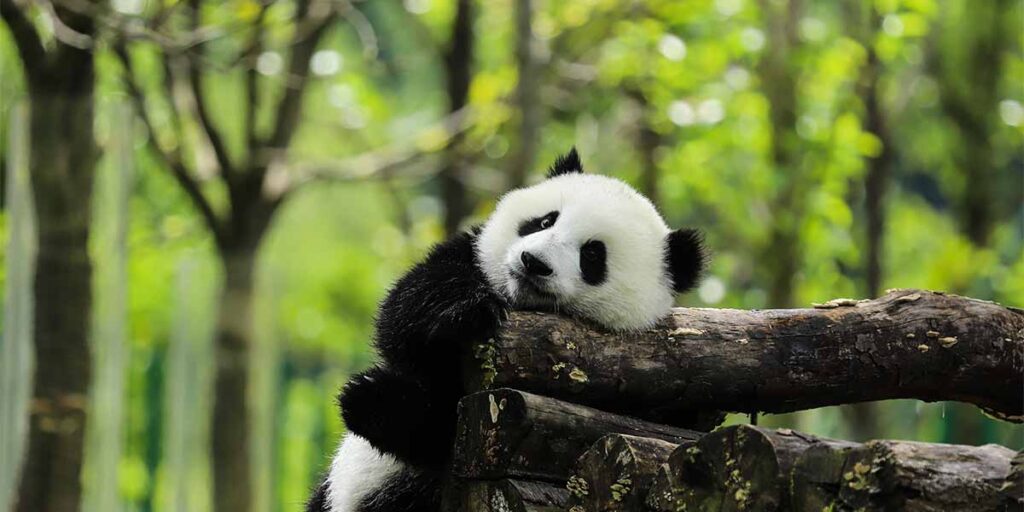
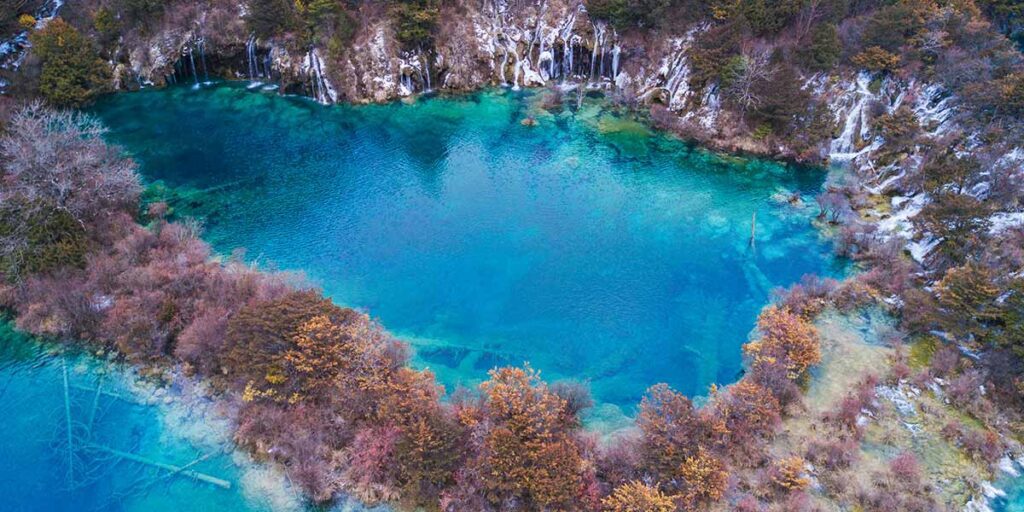
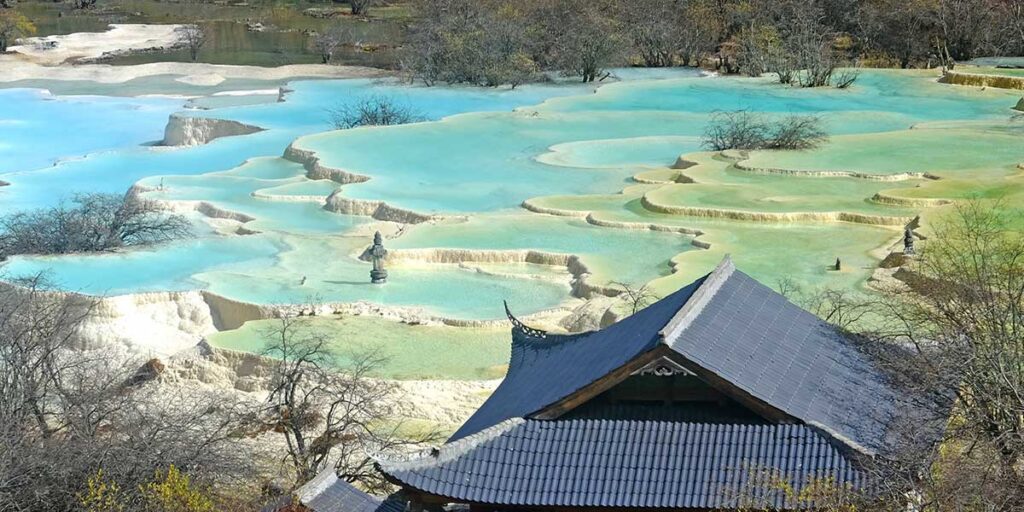
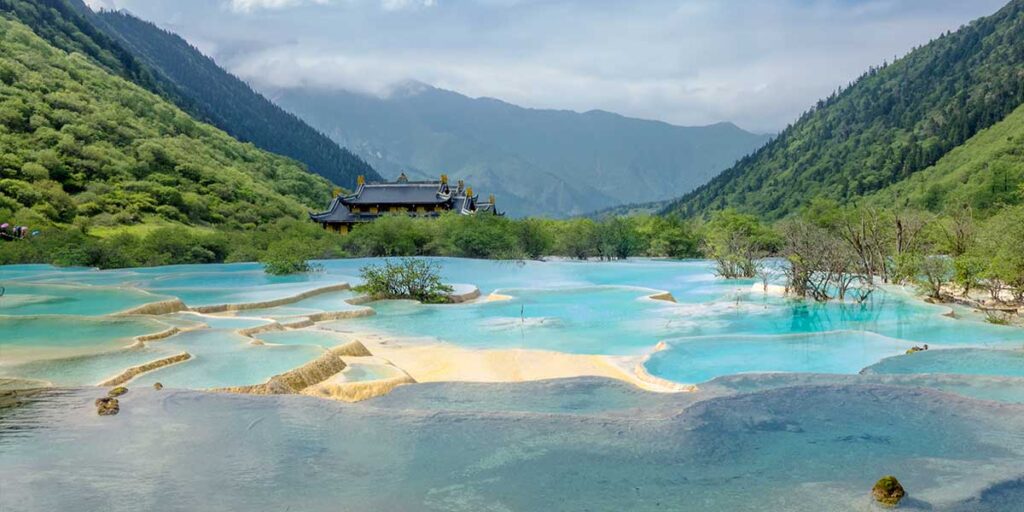
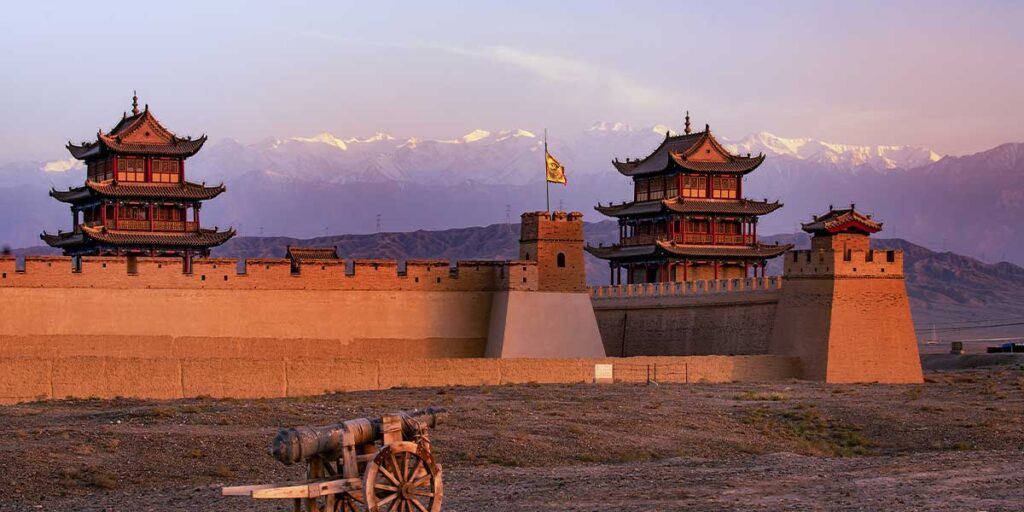
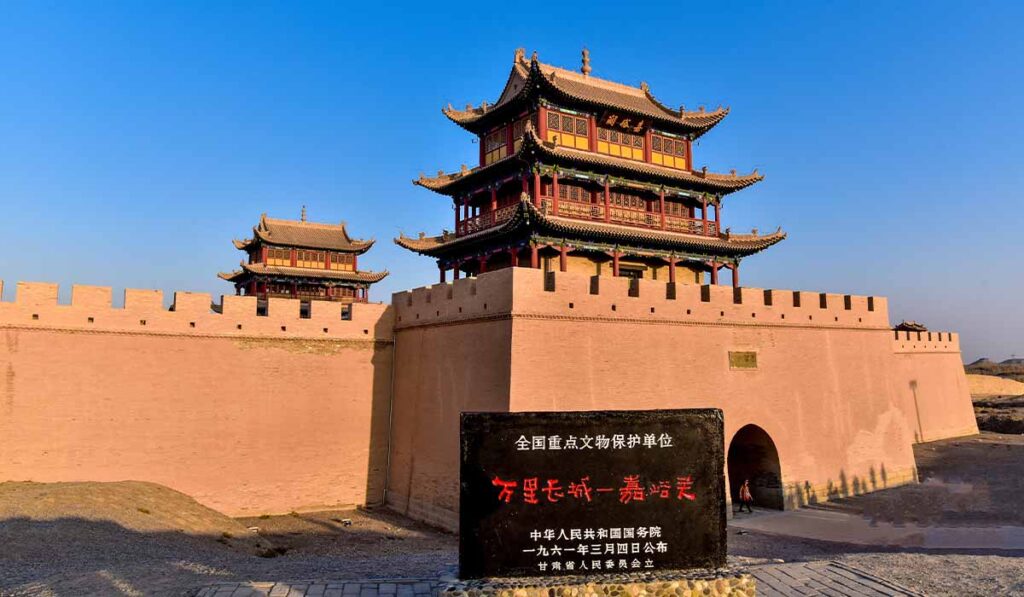
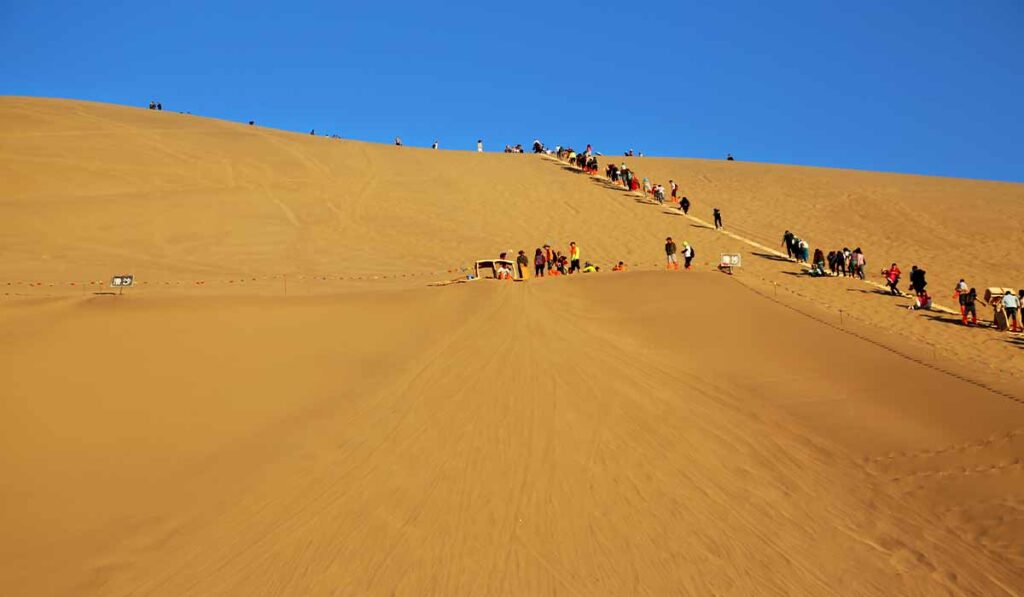
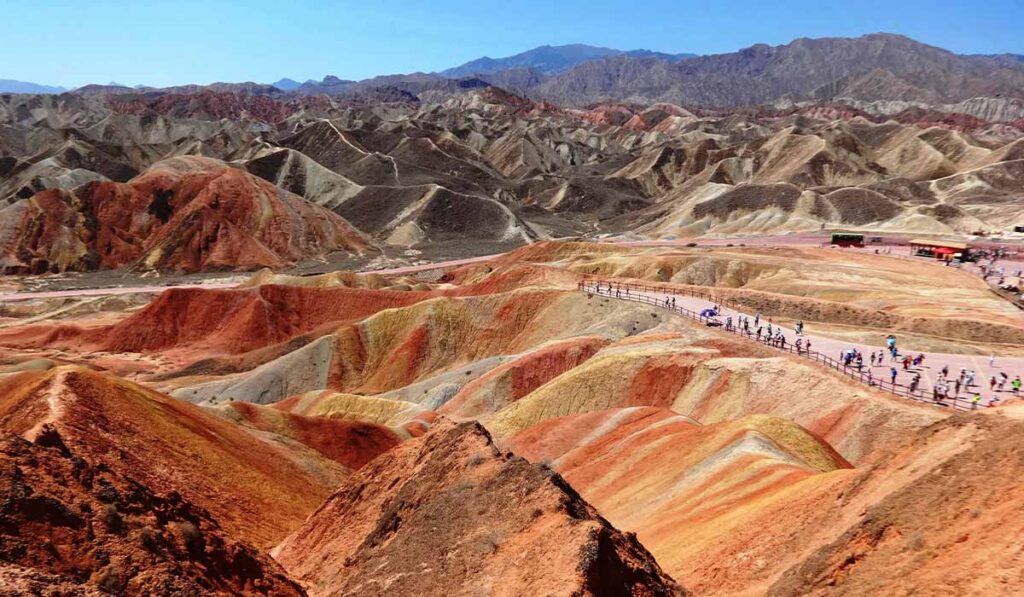
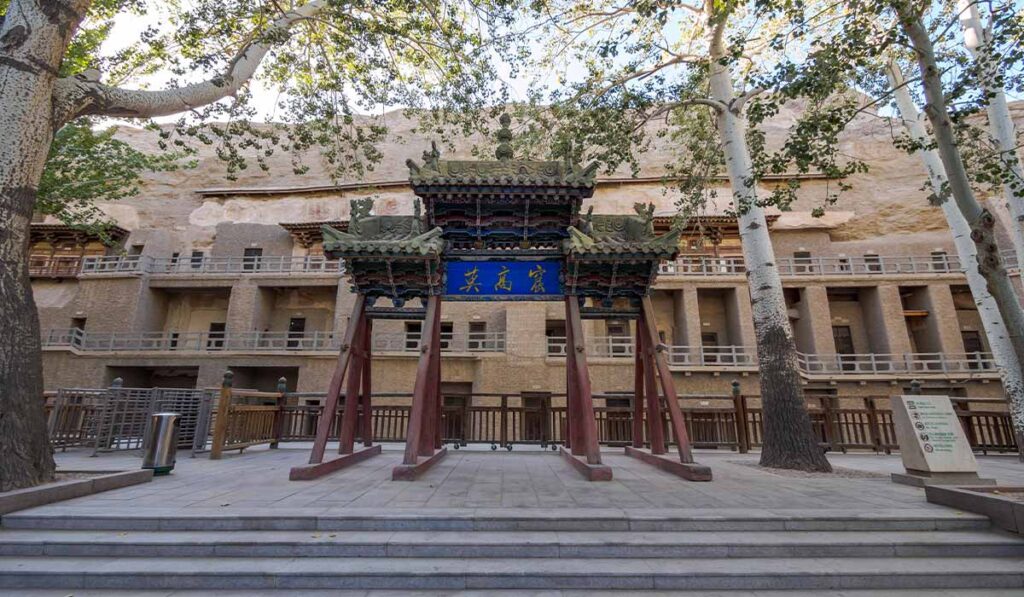
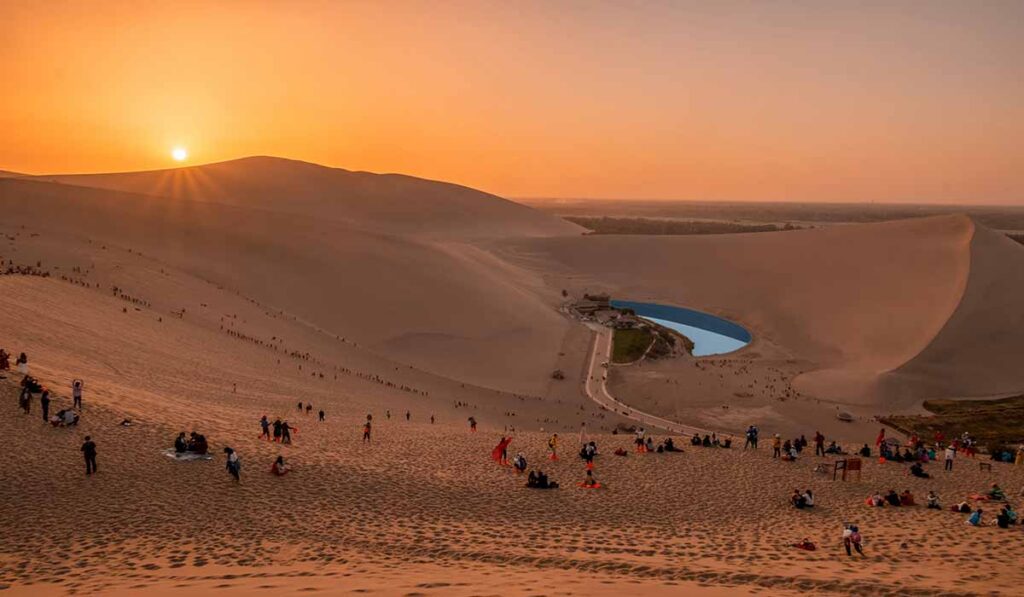
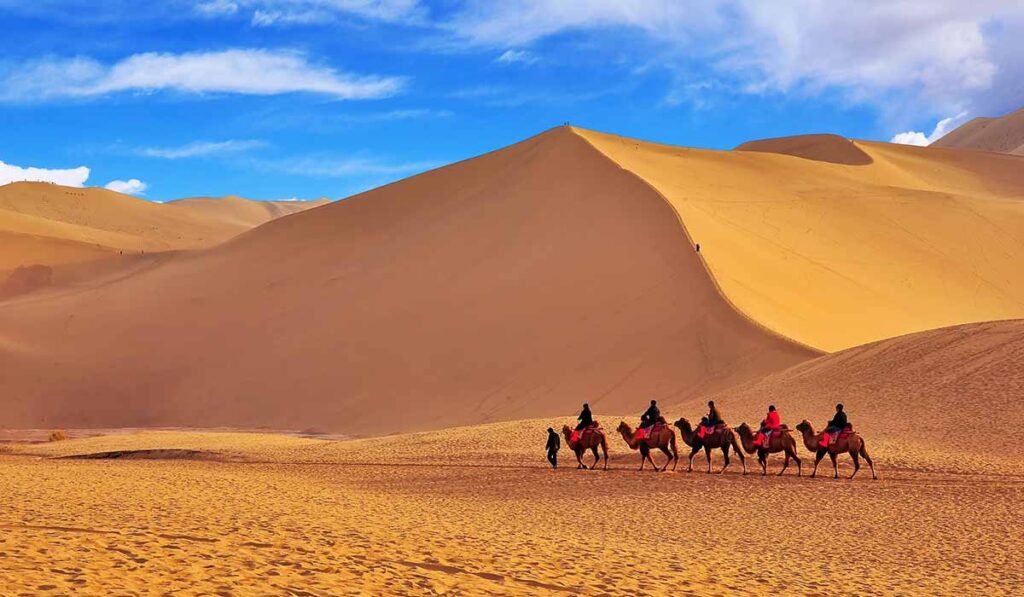
Write a Review